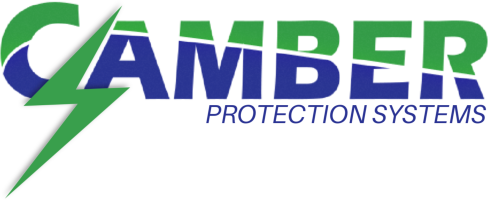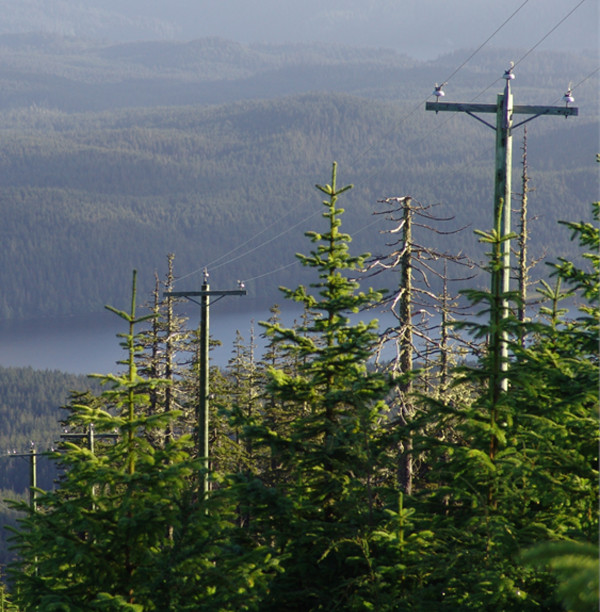Mr. Stuart has over 50 years of engineering, operation and protection experience with electric production, transmission, systems protection and control and substation design. He is a recognized expert in transmission system operation and system protection design and application for generation, transmission and distribution. Bob retired in 2004 as Manager of Operations Engineering from PG&E after thirty-five years of service. During his distinguished PG&E career, he led major initiatives in system protection, transmission operation, control, and disturbance analysis.
Throughout his career, Bob has been an innovator and has successfully championed the application of microprocessor technology for system protection and in the use of fault tolerant remedial action schemes. He has been involved in several projects related to power system reliability, design and review of protection standards and has led the effort to design and implement special protection and remedial action schemes to prevent blackouts. Bob was also the Principal Investigator for a NASA SBIR Phase II project, “Holomorphic Embedded Load Flow Methods for Autonomous Spacecraft Power Systems” in support of NASA’s Manned Mission to MARS project.
Education: (i) B.S., Electrical Engineering, California Polytechnic University, San Luis Obispo Senior Project on design of 500 kV substation; (ii) Registered Professional Engineer – State of California - License No. E8876; State of Texas – License No, 131616.







